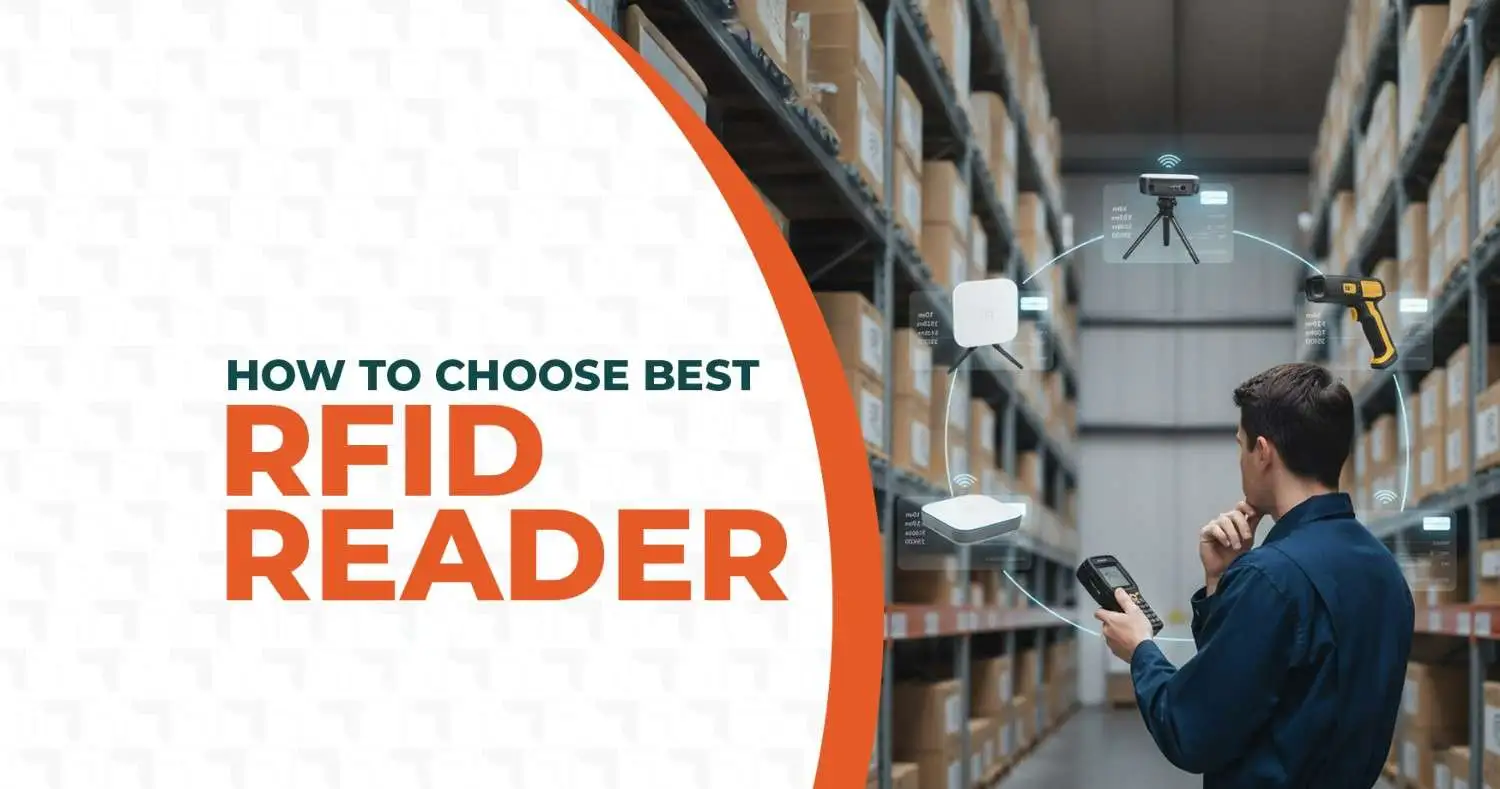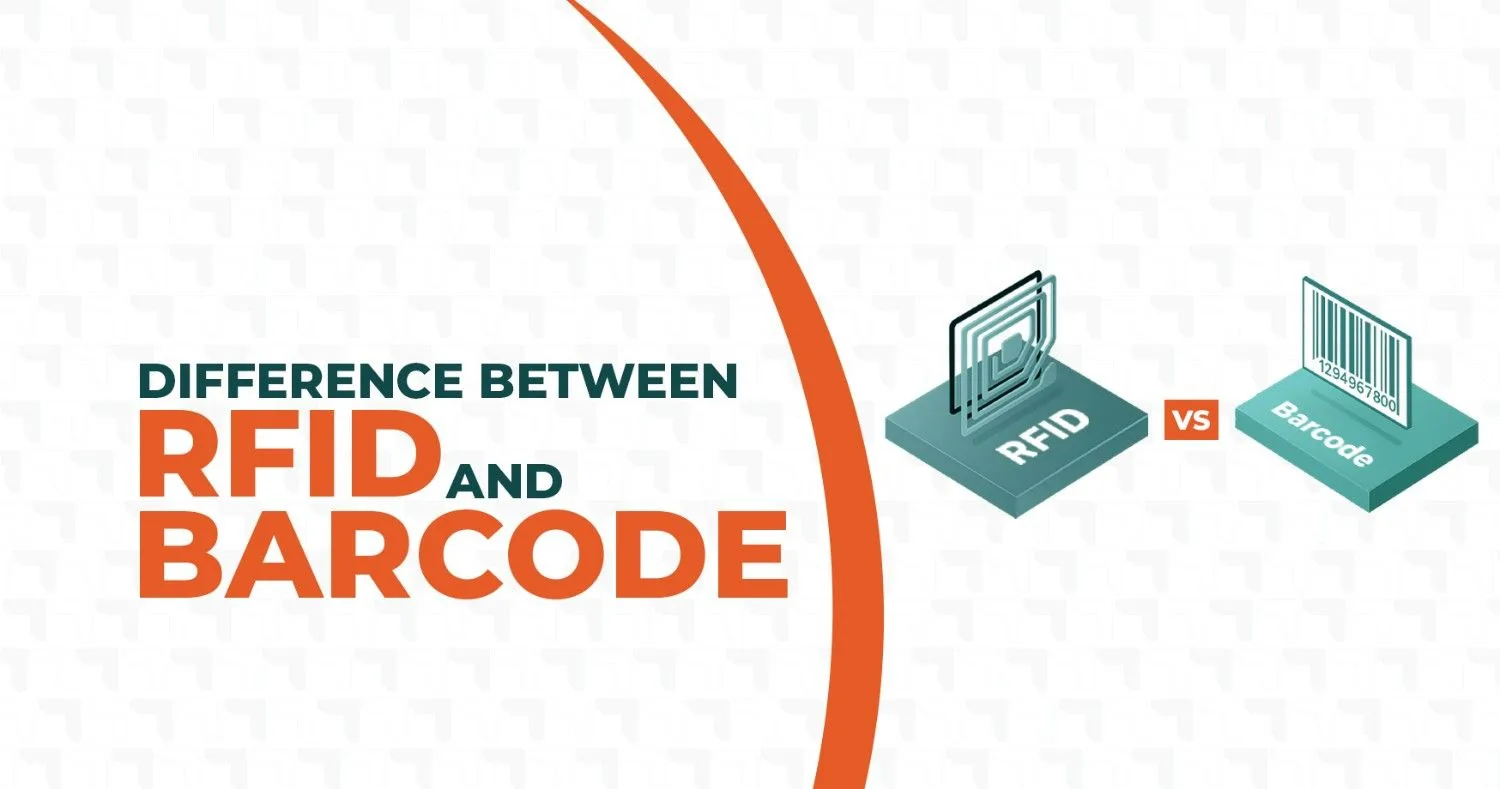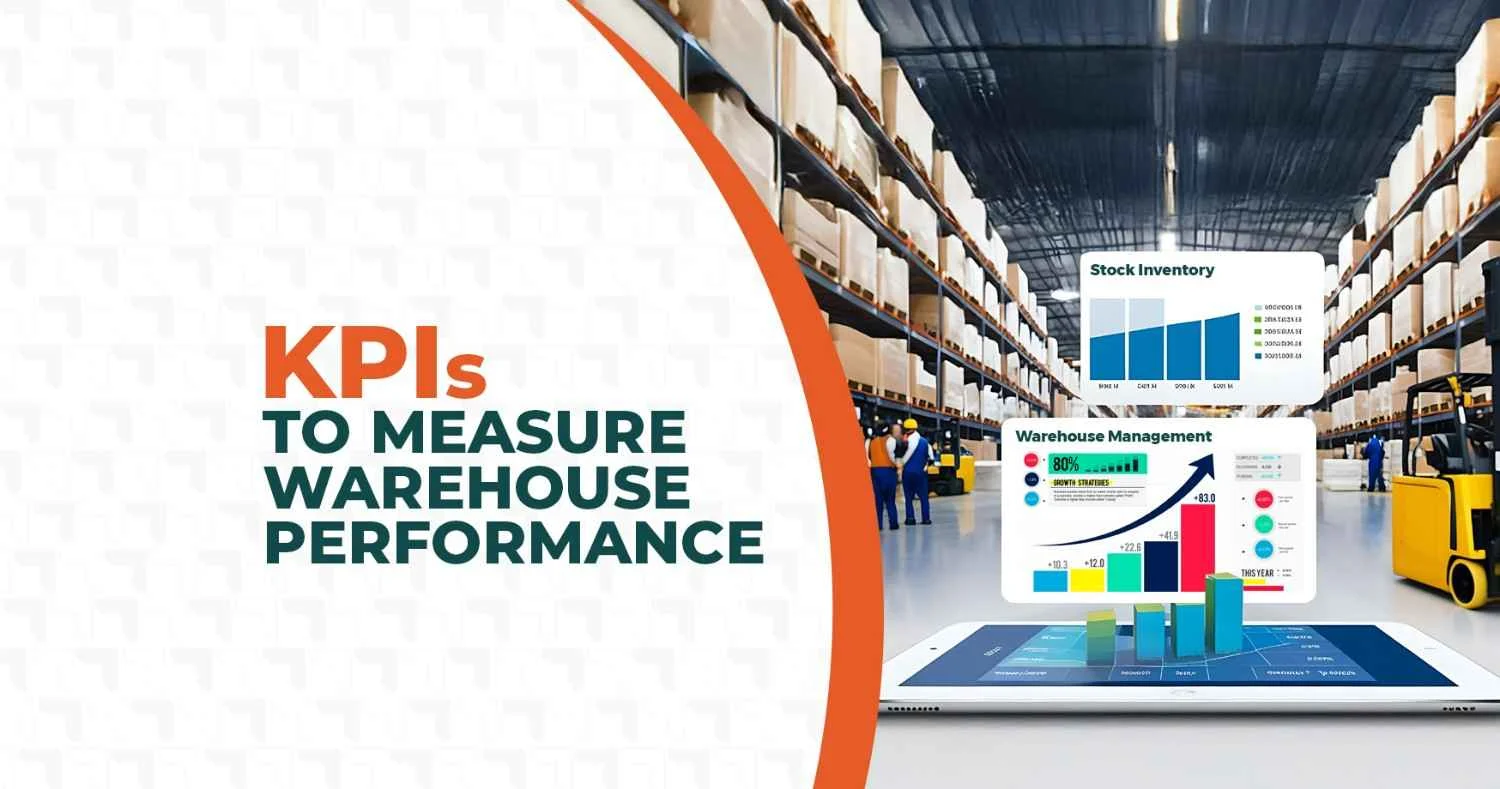
How to Choose the Best RFID Reader
Expectation in the industry is simple. RFID readers must deliver reliable reads, low latency, and predictable data quality that turns physical movement into usable insight.
When readers fail to meet that bar the result is not just missing scans. It is inventory errors, delayed shipments, stalled lines, and wrong business decisions. Problems usually start with mismatched frequency, wrong placement, poor handling of interference, or a reader that cannot scale with tag density.
Choosing the right reader is therefore not a technical checklist to fulfill. It is a business decision that directly affects cycle times, stock accuracy, shrink reduction, and the ability to automate workflows.
If you want a clear starting point on how to choose best RFID reader, treat data as the highest standard. A reader must consistently deliver clean reads with measurable read rates and consistent range under your site conditions.
Read this practical RFID reader buying guide built around that principle. Follow it to understand how you can reduce risk and improve outcomes prior to your implementation.
Understanding RFID Readers and How They Work
RFID readers send and receive radio signals to talk to RFID tags. The reader powers passive tags, triggers active tags, and converts raw radio responses into digital events that systems can use.
A basic RFID system has three components.
- Tags carry the data.
- Antennas direct and amplify signals.
- Readers interpret those signals and turn them into usable information.
The reader is the most critical device in the RFID ecosystem because it is responsible for generating the field, decoding weak radio replies, filtering collisions when many tags respond at once, and handing events to applications. A reader with poor sensitivity or weak filtering will produce ambiguous data and force business teams to build manual checks.
Readers come in two main types: fixed readers and handheld readers. Fixed readers are mounted for continuous scanning in gates, docks and conveyor points while handheld readers are used for spot checks and mobile scanning.
If you want a short primer on what RFID means in business , you can read our blog on what is rfid.
Key Factors to Consider When Choosing an RFID Reader
Nearly 35 percent of RFID deployment failures are traced back to poor reader selection placement or configuration. Use that number as a warning and base decisions on measurable criteria. Below are the main factors to consider when buying a RFID reader:
1. Reading Range and Frequency Compatibility
Range and frequency are linked. Low frequency works at very short range and is best for liquids or metal near the tag. High frequency handles close read use cases like smart cards. Ultra high frequency is the workhorse for inventory and logistics because it supports long range and fast tag throughput. When you ask how to choose best RFID reader you must first map required read distances to frequency bands. Then validate that real world range matches lab specs. Vendors will quote maximum range but you need the read success rate at the distances you will actually operate in presence of products, racks, vehicles or workers.
2. Connectivity and Integration Options
A reader must easily connect to your systems. Look for native support for TCP IP MQTT and HTTPS so events can be delivered securely to cloud platforms or local servers. If you run a warehouse make sure the reader integrates with your WMS Software and that SDKs or APIs exist for the language your team uses. If you are considering how to select RFID readers for inventory management check for middleware compatibility and the ability to stream event level data for analytics.
3. Environment and Use Case
Site conditions matter more than raw specs. Temperature, humidity, dust and physical obstructions reduce effective range. For outdoor yard or toll use cases choose readers rated for harsh conditions and continuous operation. For retail counters choose compact readers that sit on the counter without blocking customer flow. In manufacturing you may need industrial grade readers with external antennas for precise coverage on assembly lines.
4. Performance and Tag Read Rate
Read rate is the single most important performance metric. It is the percentage of present tags the reader reads within a measurement window. High throughput readers handle dense tag populations without missing tags or creating duplicate events. When evaluating how to choose best RFID reader, demand test data showing read rate at different tag densities and orientations. Also ask for selectivity and sensitivity numbers that explain how well the reader rejects noise while capturing weak tag responses.
5. Software and Analytics Support
Hardware without software does not create value in today’s world. A good reader comes with firmware control and a clear upgrade path. Look for readers that provide diagnostic tools, antenna tuning and logs that help diagnose coverage or interference issues. If you want analytics make sure the reader can forward raw events to analytics engines or integrate with platforms such as an Asset intelligence platform.
6. Cost, Scalability, and Support
Total cost of ownership is always more important than the upfront price. Consider installation costs of antennas,cabling periodic, calibration and support. Ask about warranty response times, SLAs and available firmware upgrades. A reader that costs less today but forces frequent manual intervention will cost far more over time. As you evaluate factors to consider when buying RFID readers include support SLAs and long term compatibility with new protocols.
Common Mistakes to Avoid When Selecting an RFID Reader
Even the best plan can fail if selection mistakes creep in. Remember, nearly one in three RFID projects struggles due to poor hardware choice or setup.
1. Ignoring Environmental Factors
RF signals behave differently around metal, liquid, and concrete. Ignoring these realities leads to patchy reads and frustrated teams. Always test performance in your actual working conditions before rollout.
2. Overlooking Integration with Existing Systems
A high-performance reader is useless if it can’t talk to your systems. Ensure compatibility with your ERP, WMS, or middleware, and don’t depend on custom scripts that can break later.
3. Focusing Only on Cost Instead of ROI
Cheaper readers may save upfront costs but create long-term inefficiencies through missed reads and higher maintenance. The right reader delivers consistent performance, making it a smarter long-term investment.
If you need a detailed walkthrough, check this guide on how to choose best RFID solution
Recommended RFID Readers for Different Use Cases
Every business has a different operational rhythm. What works in a warehouse may not fit on a retail counter or a factory floor. The best RFID reader is the one that aligns with your workflow, tag density, environment, and data flow requirements. Here’s how to choose the best RFID reader based on your use case and performance priorities.
1. For Warehouse and Logistics – High range rugged handhelds
For inventory cycles and pallet level scans choose handhelds with long read ranges robust antennas and high tag throughput. These devices speed count times and reduce missed tags. If you are searching for the best RFID reader for warehouses, prioritize rugged handhelds that balance range and ergonomics.
2. For Retail and POS – Compact desktop readers
At the point of sale and for returns choose small desktop readers that read quickly at close range and look good on the counter. Compact readers reduce customer friction and integrate easily with POS systems.
3. For Manufacturing or Assets – Fixed industrial grade readers
On assembly lines and fixed workstations use industrial fixed readers with external antennas or integrated antenna arrays. These readers deliver consistent coverage and can be tuned to avoid cross reads between lanes. For asset tracking installations choose fixed readers that support tight timing control and reliable event deduplication.
If you want a tested reader option see our Rfid reader built for durability and firmware control.
How Barcode India Helps You with the Right RFID Solution?
Barcode India follows a consultative approach.
We start with site surveys and tag tests so recommendations are based on measured data not assumptions. Our team helps you map use cases to reader models and antenna placements.
We provide integration support with WMS Software and can stream data to your analytics stack or cloud via secure protocols. We have delivered successful solutions across manufacturing floors, warehouses, yards and retail proving measurable improvements in inventory accuracy and cycle time.
Talk to our RFID solutions experts to identify the best reader for your business.
FAQs About Choosing RFID Readers
1. What is the difference between handheld and fixed RFID readers?
Handheld readers are portable and used for spot checks receiving and audits. Fixed readers are mounted for continuous scanning at gates, conveyors and defined checkpoints. Each has different power antenna and connectivity characteristics which determine fit for purpose.
2. Which RFID frequency is best suited for warehousing applications?
Ultra high frequency is the most common for warehouse operations because it offers long read range and fast tag throughput. If you want to know how to select RFID reader frequency for optimal inventory management, UHF will usually be the first choice.
3. Can RFID readers work without internet?
Yes, readers can operate offline and buffer events locally for later upload. However many readers support direct cloud protocols so real time visibility is possible when you have connectivity.
4. How much does a good RFID reader cost?
Costs vary by class and features. Expect higher cost for rugged industrial units and enterprise grade firmware than for compact desktop readers. When comparing options consider the lifecycle cost not only the purchase price. This is one of the key factors to consider when buying RFID reader.
5. What industries benefit most from RFID readers?
Warehousing, retail, manufacturing, healthcare, transportation and logistics and various government applications see significant benefits.
Share this page
Get in Touch
Ready to take your business to the next level with BCI (Bar Code India)? We're just a phone call or email away.



